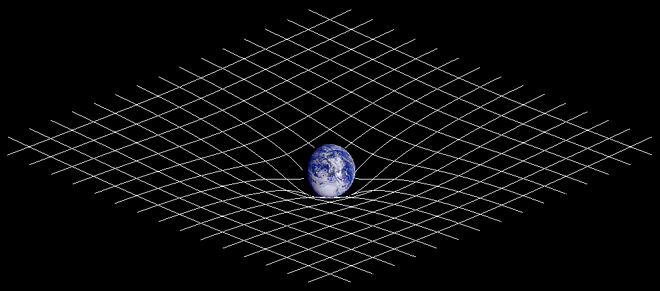
Because we just haven’t found the dark matter that the theory seems to require.
Further to Human languages must be irreducibly complex (Can someone help us understand what this translation from German means?)—maybe it was something about how cosmology needs to change, which Neil Turok of the Perimeter Institute in Canada said plainly earlier this year. Something like: Hi, Nonsense, meet Budget:
From PBS:
Do We Need to Rewrite General Relativity?
Astronomical observations show that there isn’t enough ordinary matter to account for the behavior of galaxies and other objects. The fix is dark matter, particles invisible to light but endowed with gravity. However, none of our detectors or experiments have ever seen a dark matter particle directly, leading some to doubt that dark matter actually exists. Just as Newton’s theory of gravity is “good enough” for most familiar situations and reveals its limitations only in extreme situations or upon the most detailed examination, maybe what we call dark matter is actually a breakdown of general relativity.
It’s a tantalizing thought, but as Perimeter Institute physicist John Moffat points out, “It’s not easy to modify Einstein’s theory!” The problem is that general relativity (“GR”) is too good: its predictions match observations so closely that, in changing it, physicists seem likely to fall short. The “classic tests” of GR—the small shifts in the orbit of Mercury, the bending of the paths of light around the Sun, and the change in light properties when moving in and out of gravitational fields—are precise enough that they can be used to judge any alternative idea.
That hasn’t stopped maverick scientists like Moffat from looking at alternatives to GR. The rotation of spiral galaxies inspired a particular modification to gravity that lingers like a fungus in the basement of astronomy: “modified Newtonian dynamics,” or MOND. As the name suggests, it’s a change to Newton’s law of gravity rather than general relativity, and it does very well at describing the motion of stars and gas in spiral galaxies without the need for dark matter. However, MOND fails for some other types of galaxies, galaxy clusters, and—because it isn’t compatible with relativity—it cannot explain the “classic tests” of GR, much less the evolution of the universe as a whole.
Nevertheless, MOND is successful enough in galaxies to inspire some theorists to try to modify it, in hopes of making predictions that more closely match nature. More.
For more re quest for dark matter, see
MOND: Is Discover mag’s “blasphemy” about dark matter really about fine tuning?
and
New Scientist asks the same question as Barry Arrington re dark matter
For more re PBS, see Public Broadcasting joins the popular demand for a multiverse
Follow UD News at Twitter!